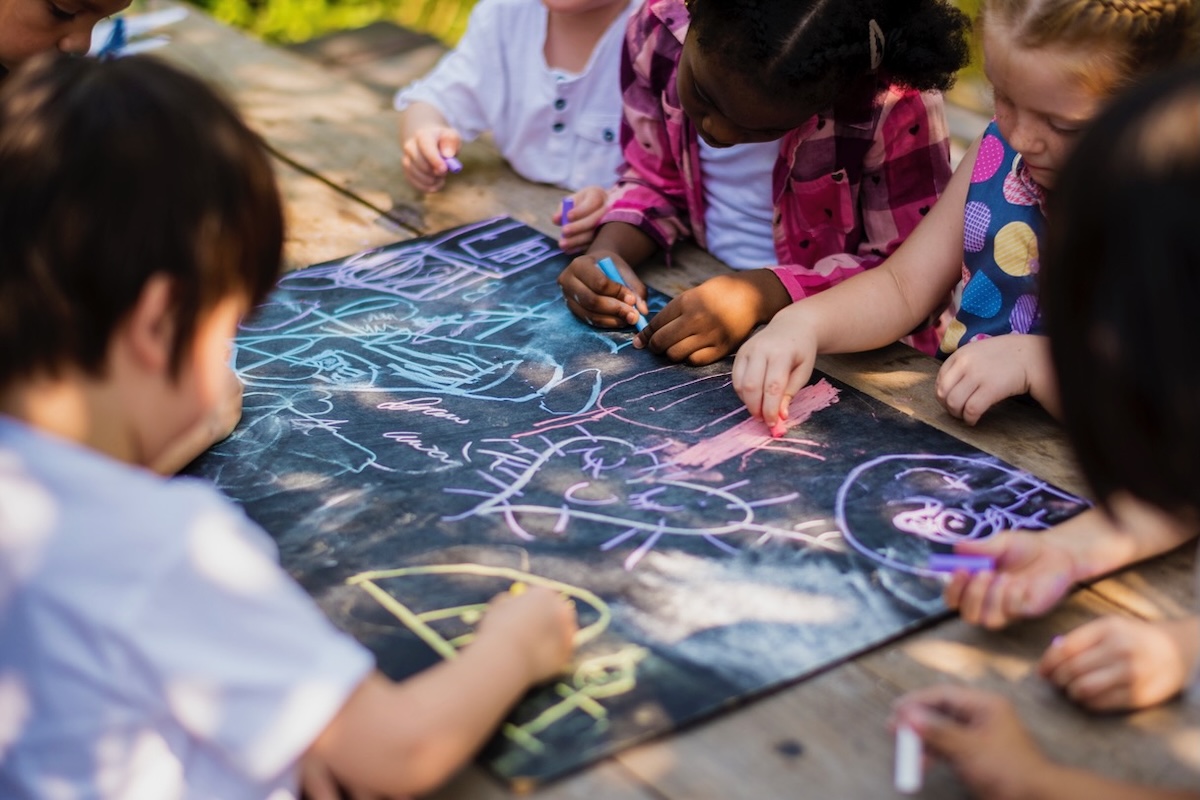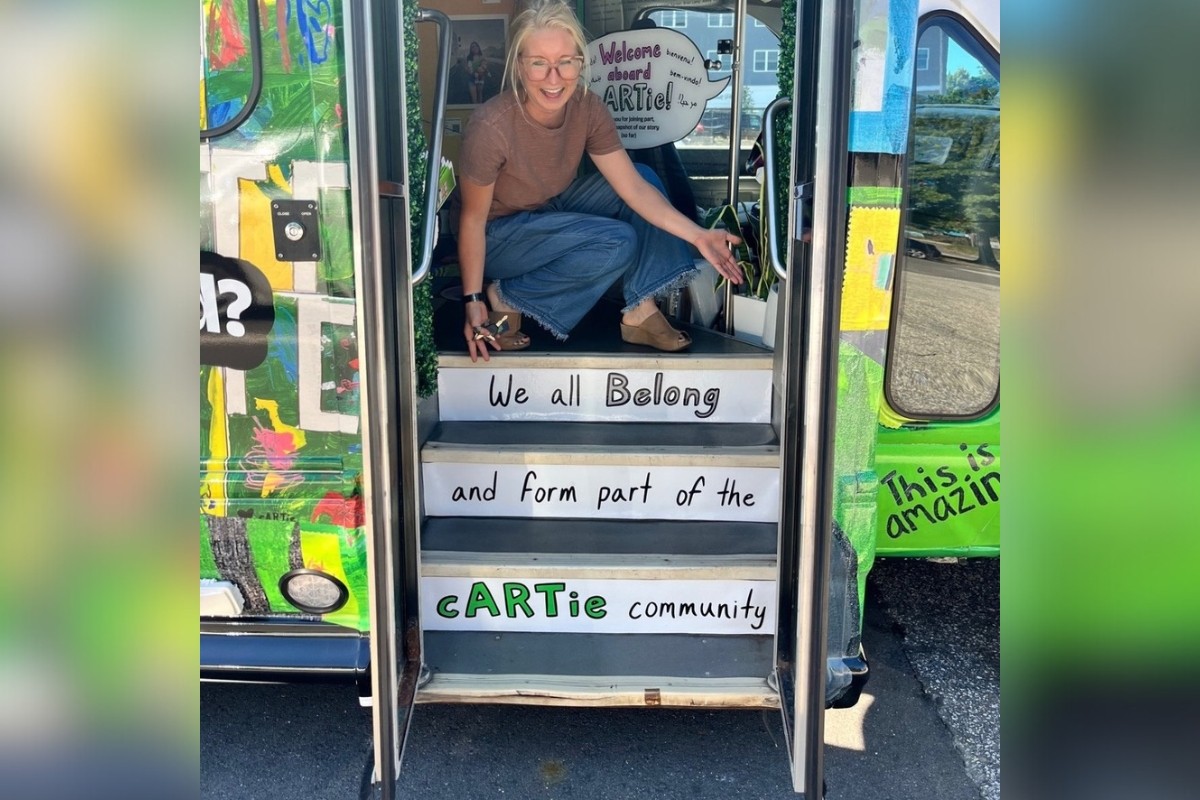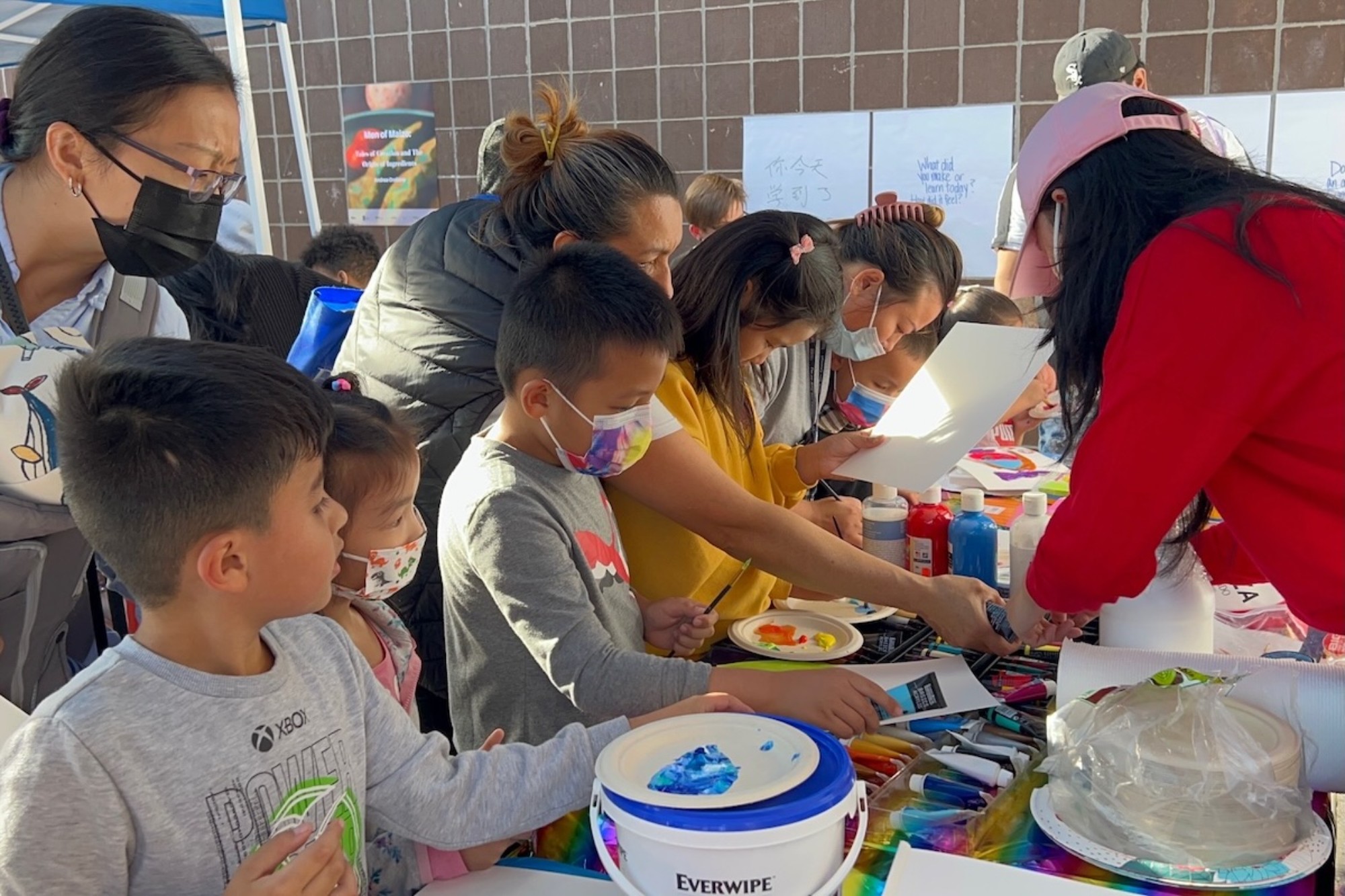Despite the proven positive effects art education has on students, these programs are disappearing from schools across the country in the wake of funding cuts. To help counteract this trend, Clare Murray (M.A. ’22) and Ayelet Aldouby-Efraim (Ed.D. ’24), from the Art and Art Education program, are bringing the arts directly to community members through their independent mobile art education projects: cARTie and the ARTmobile.
Instilling a love for museums
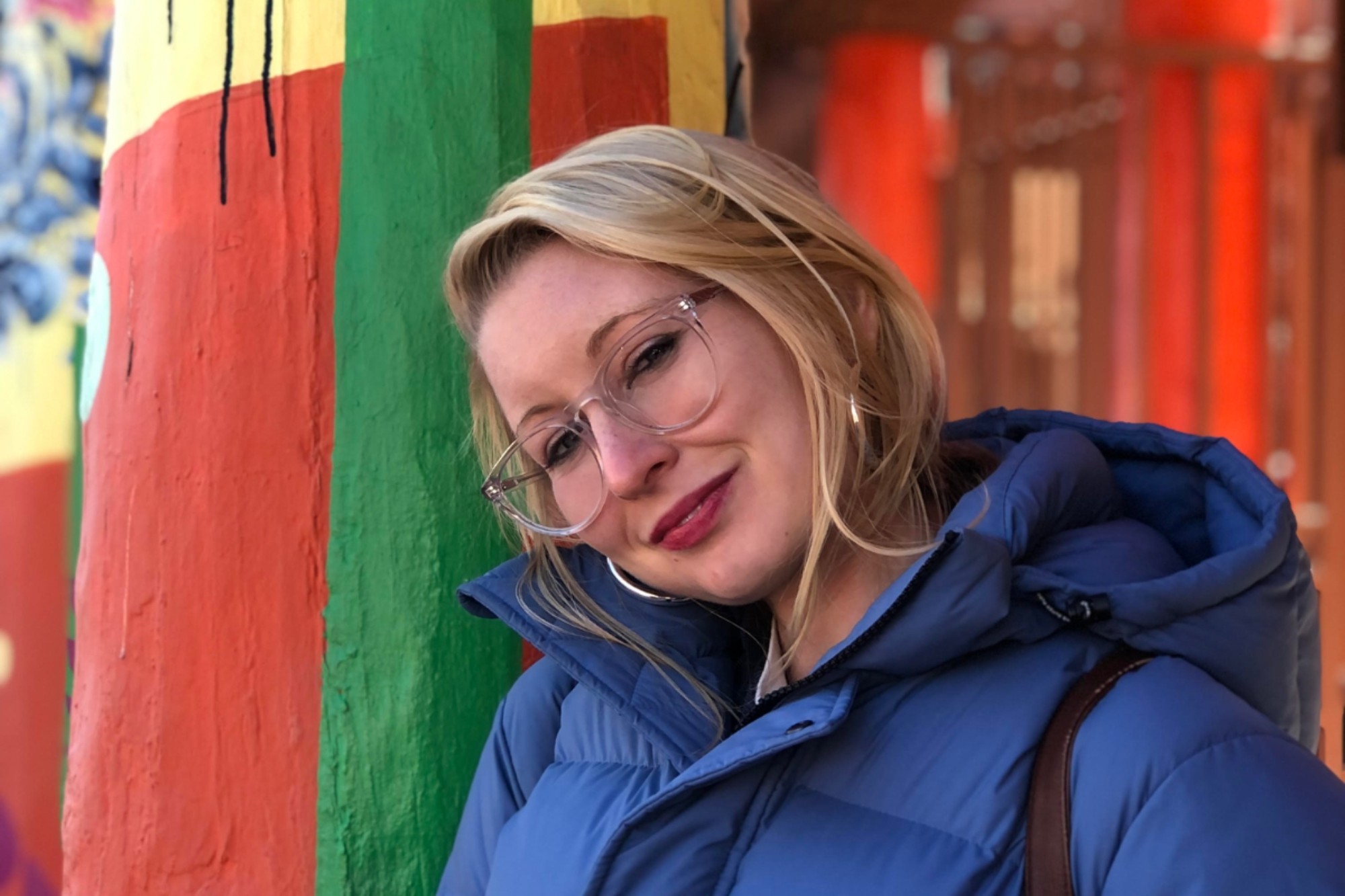
Teaming up with her mother, an early childhood educator with decades of experience, TC doctoral candidate, Clare Murray, developed cARTie for students in her home state of Connecticut. “Every child in Connecticut should have access to positive, prolonged, early art and museum education,” says Murray, who brought cARTie from concept to reality within a year.
The child-centered nonprofit organization leverages Murray’s deep curiosity about children’s learning in museums and her mother’s passion for reducing educational inequities, a partnership that felt natural for the pair. “It was this beautiful coming together of an academic mind and a practical mind. It was theory, research and practice, all in one,” says Murray.
Her Impact: Now in its fourth year of programming, cARTie brings robust art museum enrichment to PreK-2 students at 40 Connecticut schools. The retrofitted school bus, designed with, by and for children, visits each partner school three to 10 times every school year. These scaffolding visits provide children the opportunity to build comfort and familiarity with the art, the same way you would with a museum’s permanent collection. “If we can prepare them to be equipped and know they belong in museum spaces, that's priceless,” says Murray.
cARTie not only instills a love of art and confidence in museums for early childhood students, it also nurtures young artists. All of the art on the cARTie bus is created by middle and high school students across the state. Even the art direction of cARTie is student-led; every year the organization’s student advisory board selects a theme and spends the summer co-curating with the juried selection of student artworks that will be featured on the bus.
Her Hopes for the Future: Above all, Murray wants to ensure that cARTie has a positive and sustainable impact on Connecticut students, nurturing a new generation of confident and curious museum-goers. “In 20 years' time, [I hope] the children we are serving will be visiting museums confidently, reaping what they need and want from every interaction. Museums, after all, are for everyone! And that starts with and in childhood.”
She also hopes to bring the cARTie experience to more schools in Connecticut and, possibly, to expand the model to other states and age levels.
Bringing Art Education to Brooklyn Communities
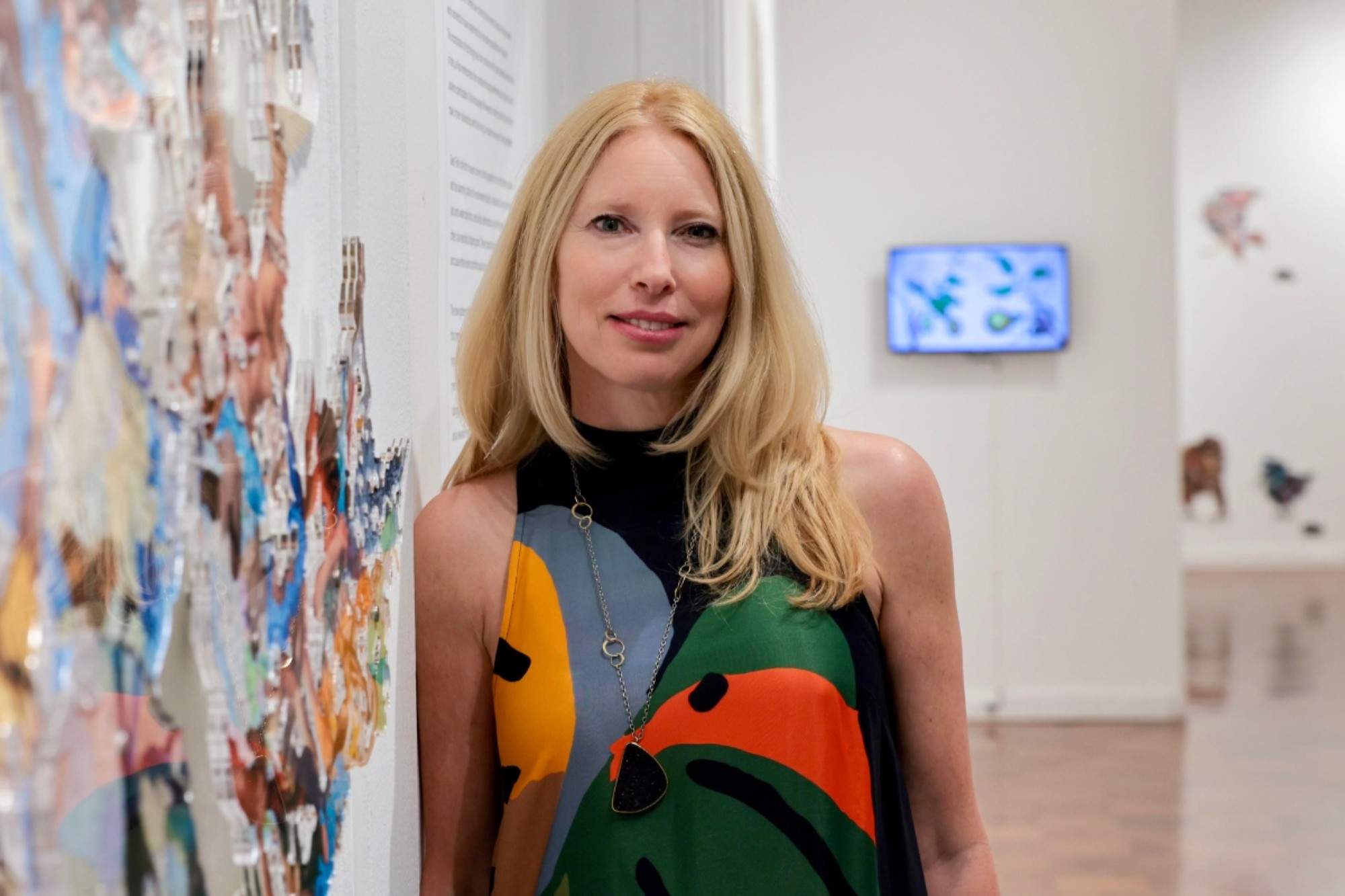
Ayelet Aldouby-Efraim, an adjunct professor of TC’s Community Arts course, was searching for a new way to engage TC Arts and Arts Education students in community learning. “Time and again I see the power of artists as creative innovators and problem solvers,” says Aldouby- Efraim, who has served as president of the National Art Education Association Community Art Caucus (CAC) and as special projects curator for Residency Unlimited, an international artists’ residency in Brooklyn. “For years I've been researching sustainable ways to reach communities that lack access to the arts.”
That’s what led Aldouby-Efraim to the Brooklyn Public Library (BPL) to create the ARTmobile. Aldouby then added an evaluation component co-designed with TC alumna and curriculum designer, Sarah Gerth van den Berg (Ed.D. ’22). Through the library’s Incubator Program, TC students in Aldouby-Efraim’s community arts course joined the initiative, and the collaboration expanded the library’s reach beyond its buildings, going deep into neighborhoods around the borough. “The library has these programs it consistently offers, like arts and crafts, story time and career help. The ARTmobile elevates and enhances them, helping us to engage with the public by making those programs more curated, flexible and reaching communities that may be more isolated or distant from library branches,” explains Robert Weinstein, ARTmobile’s key partner.
Her Impact: In just three years, the ARTmobile has engaged thousands of community members, delivering free arts programs to Sunset Park and Red Hook — two neighborhoods with limited library access. Beyond offering free art education for children, it has also fostered inclusive, multigenerational spaces across both built and natural environments.
The spontaneous nature of ARTmobile events helps local and TC artists build confidence as adaptable, dynamic educators. “Unlike a traditional classroom with a captive audience, the ARTmobile demands constant adaptability. You have to be flexible, innovative and resilient as challenges arise,” says Aldouby-Efraim. “ARTmobile, to me, represents the future of expanding art’s reach to diverse communities. The skills gained are not only valuable for navigating the ever-changing classroom but will also be essential given the unpredictable dynamics of climate and political shifts.”
Her Hopes for the Future: Looking forward, Aldouby-Efraim and her BPL partners are excited to expand the reach of ARTmobile into a third Brooklyn neighborhood- Brownsville, deepen community ties with local artists and create a formal research partnership to explore the ARTmobile’s impact on community wellness. “It's about how you can bring more participants in a way that is sustainable and responds to community priorities because when the art moves, so does the heart of the community,” says Aldouby-Efraim.
